For millions of women around the world, endometriosis is a battle that is never really won. This disabling disease causes them to suffer chronic pain, accompanied by a heavy cycle and even threatens irreversible sterility. In a world where treatments for this disease are scarce, the potential of cannabis is being seriously considered.
What potential role can cannabis play?
Science now points to an endocannabinoid deficiency playing a role in endometriosis. The introduction of exogenous cannabinoids such as THC or CBD could potentially offer the first ever natural remedy for the problems associated with endometriosis.
What is endometriosis?
Around 1 in 10 women worldwide suffer from this condition. It is characterised by abnormally severe and disabling pain during a woman’s cycle and, in extremely severe cases, both before and after it as well.
Clinically, endometriosis is diagnosed when the cells that should line only the uterus have migrated, and are found in other parts of the body where they should not be. These tissues are usually scattered throughout the lower abdomen (such as the intestine and pelvis), but technically can be found anywhere.
The endocannabinoid system and endometriosis
There are innumerable scientific studies that now suggest the existence of a link between the endocannabinoid system and endometriosis. With the ever-growing need for treatment, the endocannabinoid system is now becoming a target for the treatment of this painful condition.
The presence of cannabinoid receptors in the reproductive organs of women is well known. These receptors are distributed throughout the uterine tissue and play a much larger role than just managing pain.
Simply put, women with endometriosis have far fewer CB1 receptors in their uterus than women who don’t. This suggests an inability for their bodies to dull pain in the same way as other women. In addition, the abnormal cells (those that have migrated outside of the uterus) will produce sensory and sympathetic neurons, which generate a nerve response and ultimately give the sensation of severe pain.
It is now also an established fact that the body’s endocannabinoid system plays a role in cell growth and migration, too. In cases of overgrowth, such as in endometriosis, this is medically important. Cannabinoid receptors in the body are involved in cell migration and proliferation, and a deficiency in these receptors can disrupt the whole system. The idea is that this leads to deformity, with uterine cells growing in places where the uterus shouldn't be.
So, there could potentially be a huge link between endocannabinoid deficiency and the incidence of endometriosis. This is especially possible when considering science has already established the importance of the endocannabinoid system in terms of reproduction.
How to use cannabis to treat endometriosis
In a world where treatment is essential for this disease, cannabis continues to be seen as an option – as it should be. Introducing exogenous cannabinoids into a woman's body can potentially enable her to experience less pain and even possibly help alleviate some of the symptoms of this condition.
The cannabinoids found in cannabis are endowed with anti-proliferative properties. In fact, it is exactly this quality that is the potential reason why it may inhibit the growth of some cancers. Inhibiting the growth of uterine cells outside the uterus can help improve the situation immeasurably.
On top of all that, cannabis has been demonstrated to have analgesic, pain-relieving effects. By inhibiting CB1 receptors present on the errant proliferating cells, the pain associated with endometriosis could perhaps be reduced.
In terms of how to use cannabis, the most logical and healthy solution would be to consume it either as edibles or use as a suppository: if the pain is felt in the intestines, then perhaps ingesting cannabis through oils or food products will allow it to be digested and reach the stomach and intestines. If the pain is felt primarily in the pelvis and around the uterus, a suppository might be the quickest and most effective way to apply treatment.
For the choice of strain, it is a matter of preference. Although CBD has been extensively researched for its anti-proliferative effects, THC has also demonstrated this quality. For those who do not want to experience any psychoactive side effects, then CBD oil may be the most appropriate option. That said, THC has the stronger pain-relieving properties of the cannabinoids, so if looking for maximum pain relief, a higher THC strain might be more suitable.
Treating endometriosis is not an easy task. Unfortunately, it often goes undiagnosed, and when it is, many patients end up having to resort to surgery to have the cells removed.
In addition, these cells almost always grow back, and so more surgery is required again. Thus, a treatment that, at the very least, can give women localised pain relief and perhaps a lower risk of the disease getting worse is the beginning of a solution. More research in this area is urgently required, and with the emergence of ever more links to endometriosis and the endocannabinoid system, this makes it a fascinating topic to keep an eye on in the future.
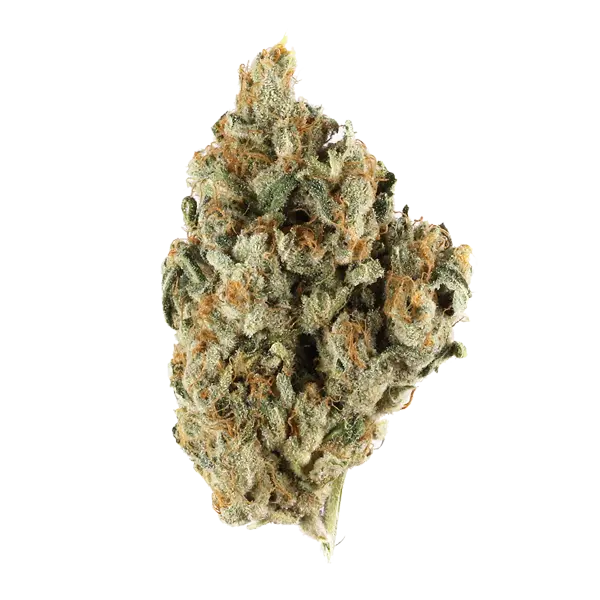



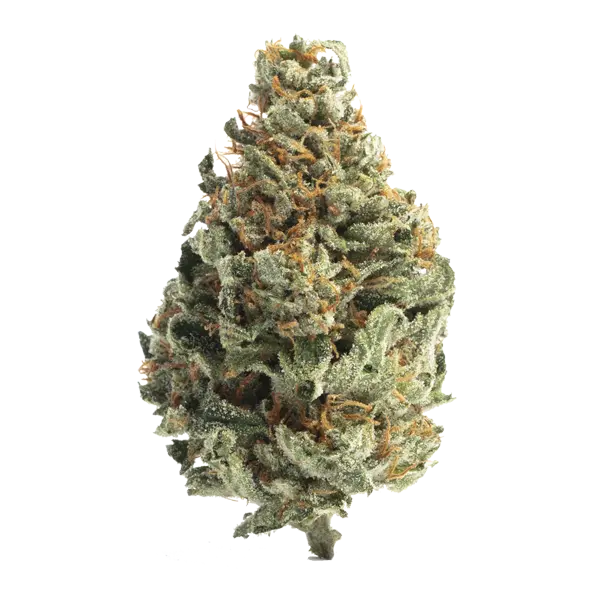
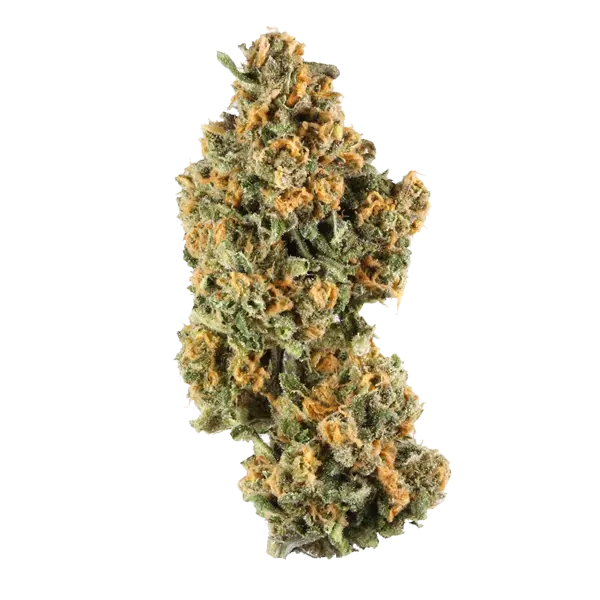

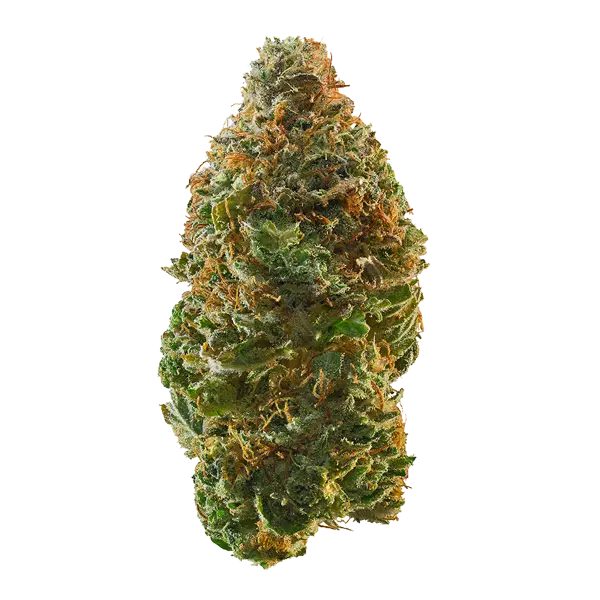

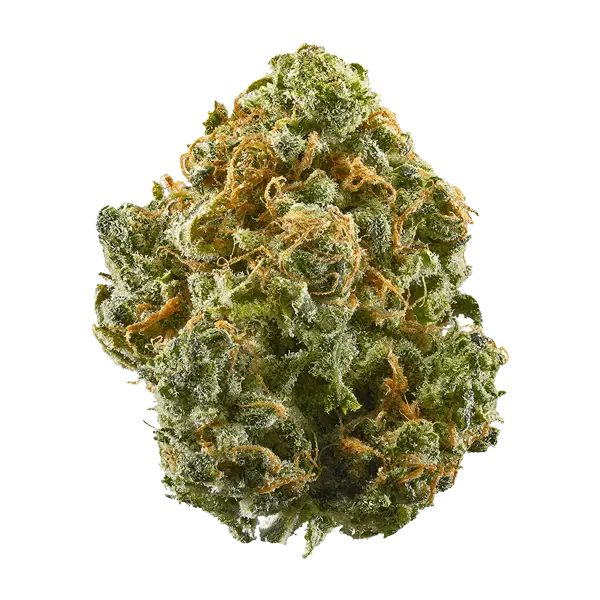

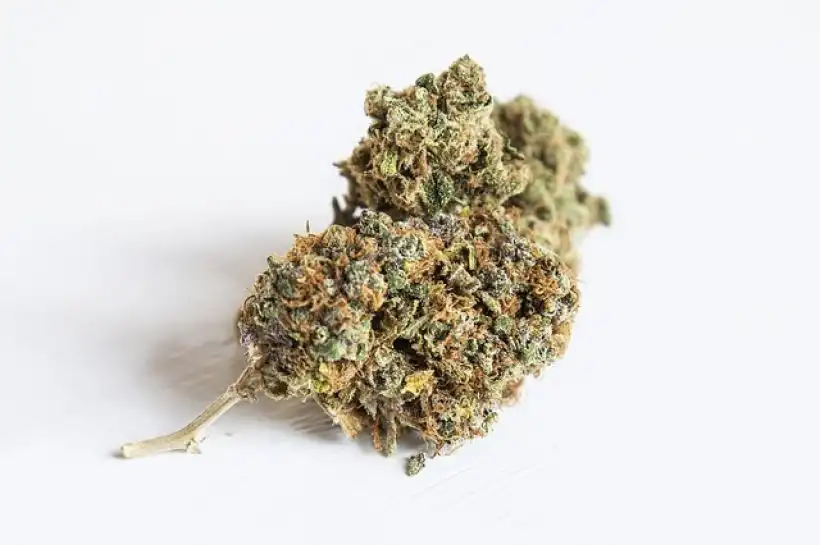





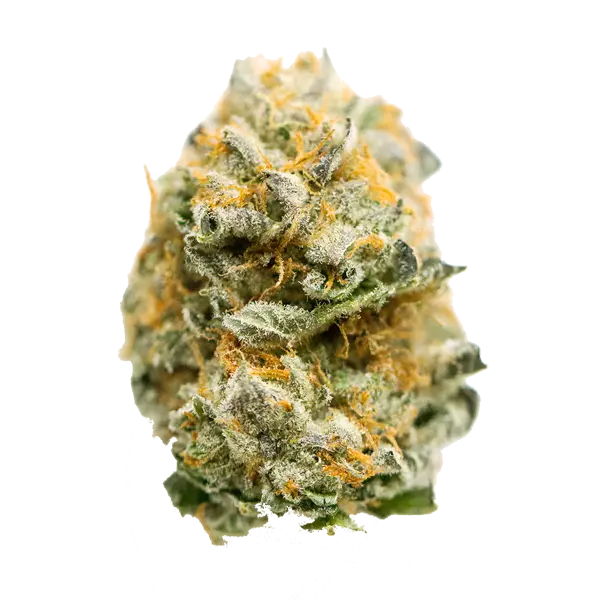













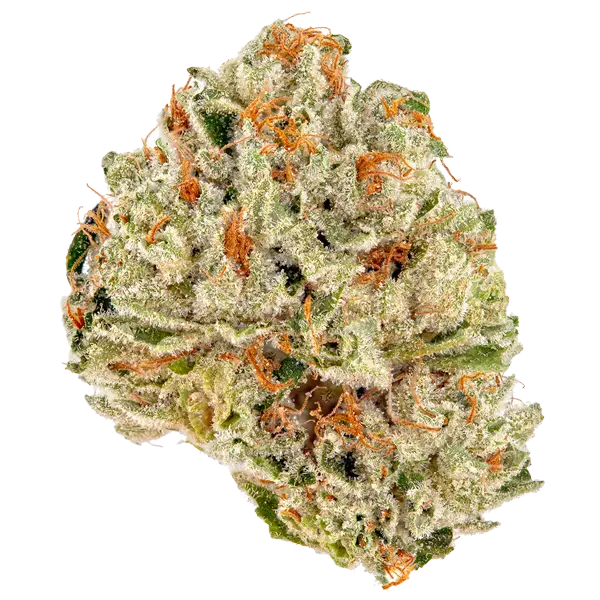



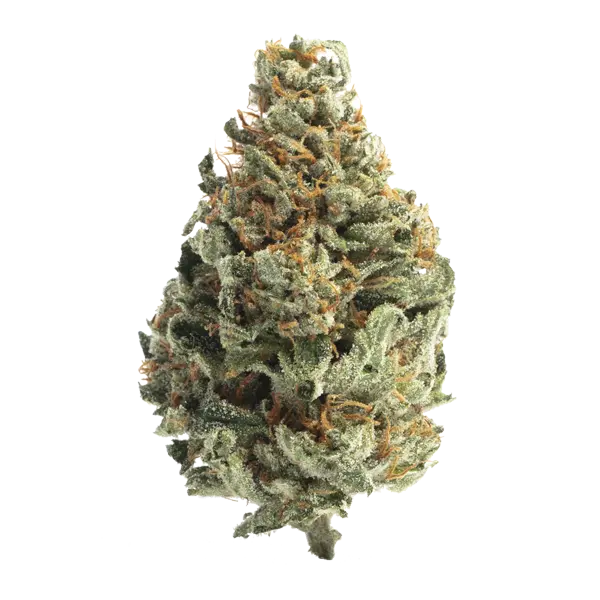



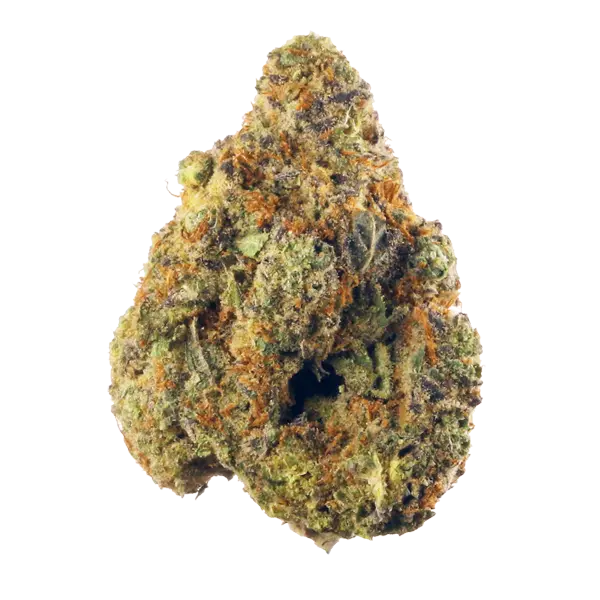




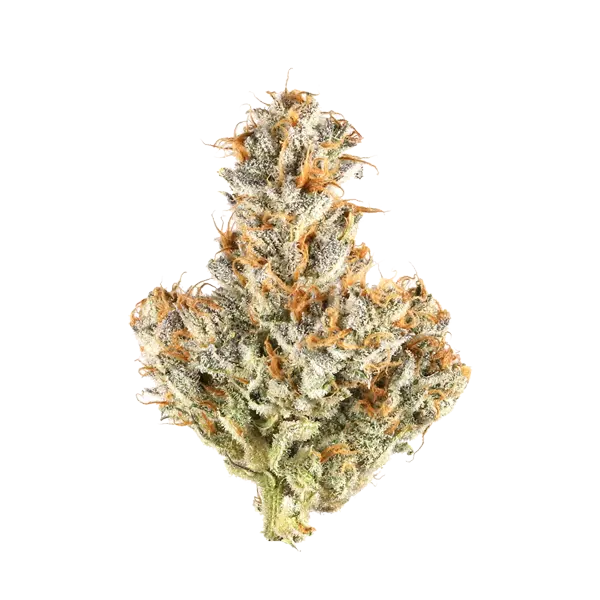


















 Companion Planting for Cannabis Growers
Companion Planting for Cannabis Growers Cannabis Growth Pest Control through the Use of Beneficial Insects
Cannabis Growth Pest Control through the Use of Beneficial Insects








